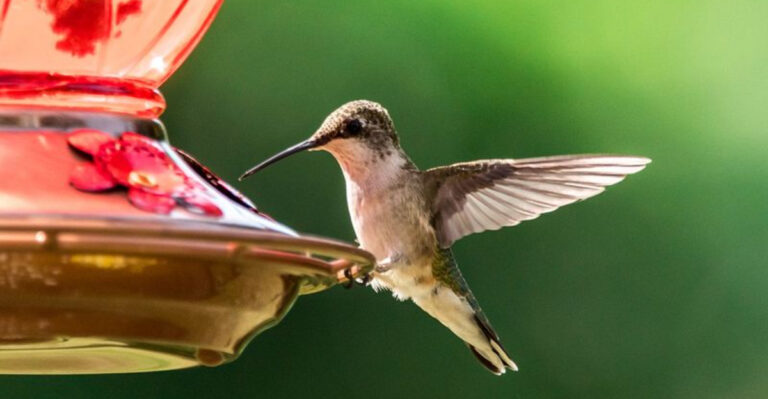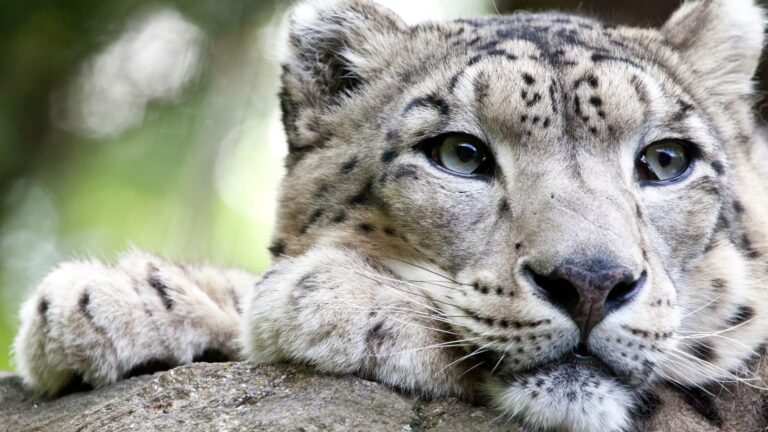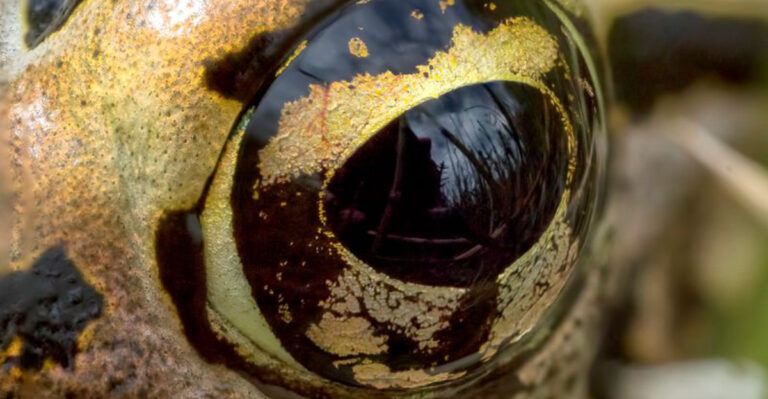Texas Just Approved Helicopter Hunting For Invasive Sheep – Here’s What You Should Know
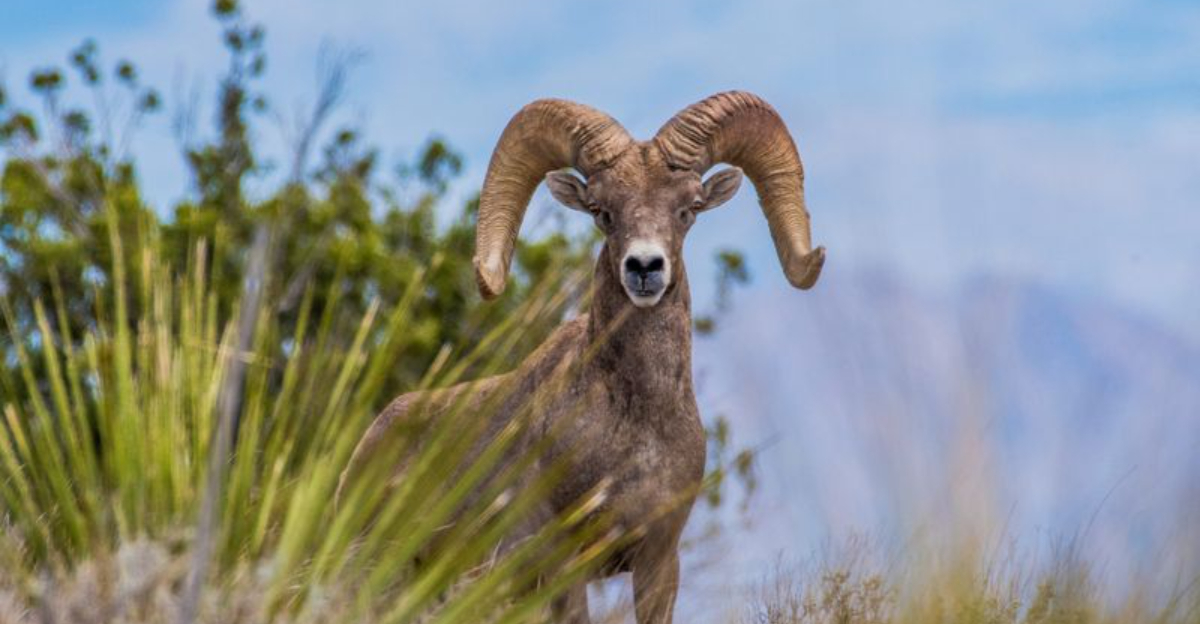
Texas has taken a bold step to manage its growing invasive sheep problem. The state recently passed a law allowing hunters to pursue aoudad sheep from helicopters with proper permits.
This aerial approach aims to control these North African imports that are threatening native wildlife and disrupting delicate desert ecosystems across the Lone Star State.
1. Immigrants Gone Wild
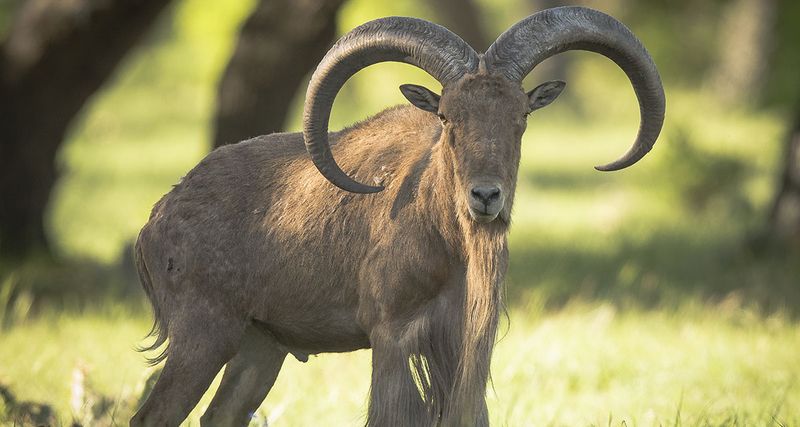
These wooly invaders aren’t Texas natives at all! Aoudad sheep originally roamed the mountains of North Africa, where their tan coats and curved horns helped them blend with rocky landscapes.
Their climbing abilities and tough constitutions made them perfect candidates for exotic game ranches decades ago. Unfortunately, they proved too adaptable for their own good.
2. From Game Ranch Curiosity To Ecological Threat
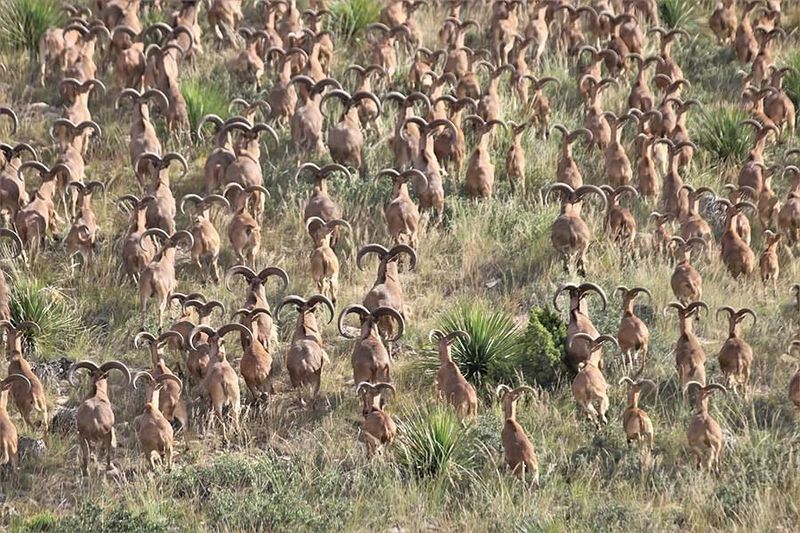
Back in the 1950s, ranch owners imported these exotic sheep as novelty hunting targets. Nobody predicted they’d escape and thrive so successfully in the wild!
The Texas terrain proved surprisingly similar to their homeland. Without natural predators to keep numbers in check, their population exploded across multiple counties, creating today’s management challenge.
3. Population Explosion Across Texas

What started as a few escaped animals has ballooned into a serious problem. Wildlife experts estimate over 30,000 aoudads now roam freely throughout western Texas.
Their foothold stretches from the Trans-Pecos region to the Panhandle. Without intervention, their numbers could double every few years, making the helicopter hunting program increasingly necessary.
4. Unwelcome Dinner Guests At Nature’s Table
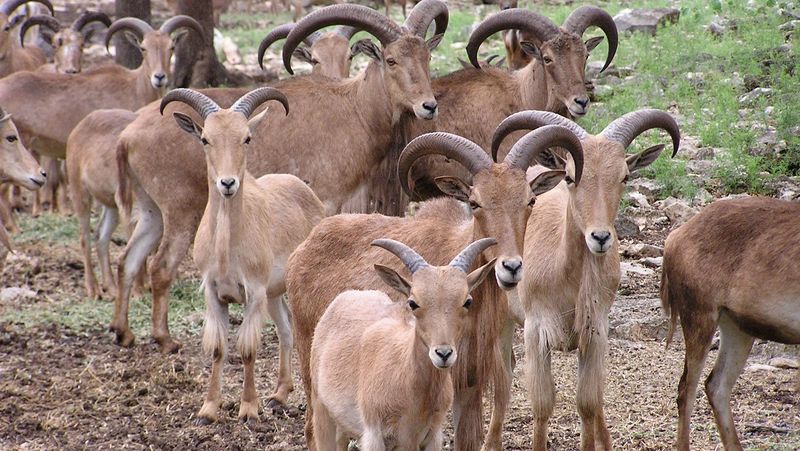
Hungry aoudads devour the same plants native wildlife depends on. Their aggressive grazing habits strip vegetation that desert bighorns, mule deer, and other Texas natives need to survive.
They’re particularly destructive to fragile desert plants that take decades to recover. When food sources dwindle, native species suffer while these hardy invaders continue to thrive.
5. Bighorn Sheep Face Tough Competition
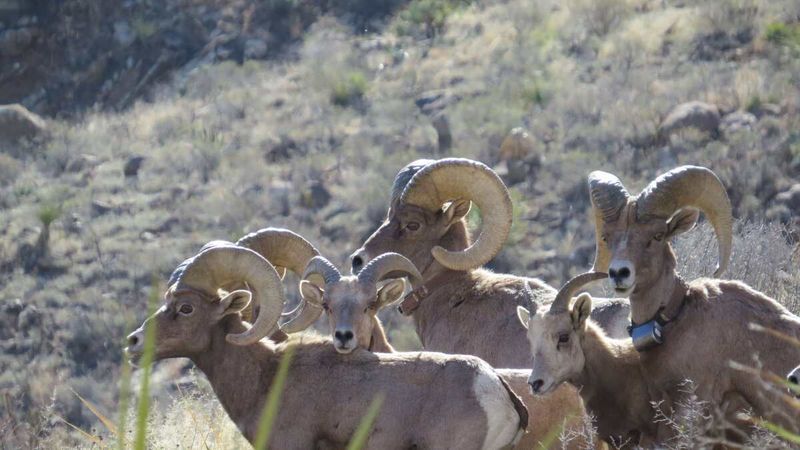
Desert bighorns barely survived extinction in Texas, and now face a new threat. Aoudads directly compete for the same mountain habitats, food sources, and water holes that bighorns need.
Conservation efforts to restore native bighorn populations are undermined when these invasive competitors move in. The two species simply can’t coexist in the limited desert mountain ranges.
6. A Conservation Comeback Story At Risk
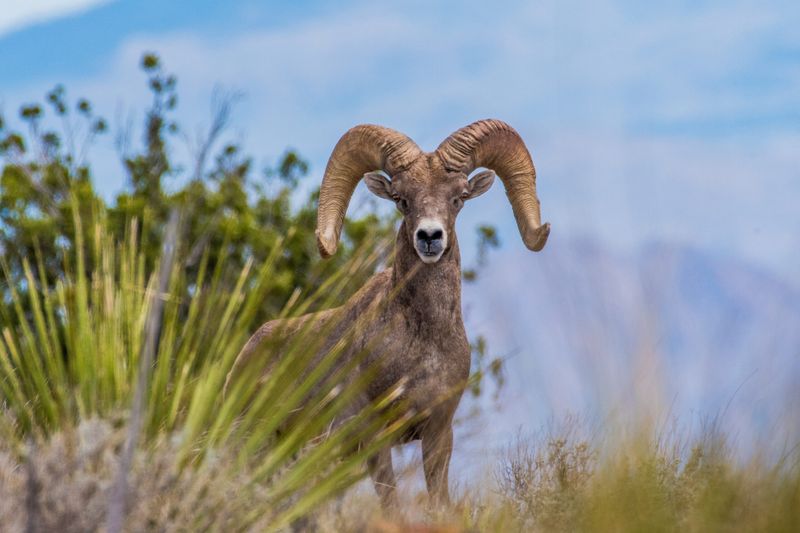
Texas wildlife officials worked miracles bringing desert bighorns back from local extinction. By 1960, not a single native bighorn remained in the state.
After decades of careful reintroductions and habitat protection, about 1,500 bighorns now inhabit their ancestral ranges. This hard-won victory could be reversed if aoudad populations continue expanding unchecked.
7. Invisible Biological Weapons

Beyond competing for resources, aoudads carry something deadly you can’t even see. These invasive sheep spread respiratory bacteria that native wildlife has no defense against.
Think of it as biological warfare! The bacteria may cause only mild symptoms in aoudads but can lead to severe pneumonia outbreaks in bighorn herds, sometimes wiping out up to 90% of those affected.
8. The Microscopic Killer With a Big Name

Mycoplasma ovipneumoniae – try saying that three times fast! This tongue-twisting bacteria travels quietly in aoudads, causing them little harm but posing serious danger to others.
When transmitted to bighorns, it triggers severe pneumonia. The disease spreads rapidly through herds, particularly devastating to lambs. One infected aoudad can potentially wipe out years of conservation work.
9. Senate Bill 1245 Changes the Game
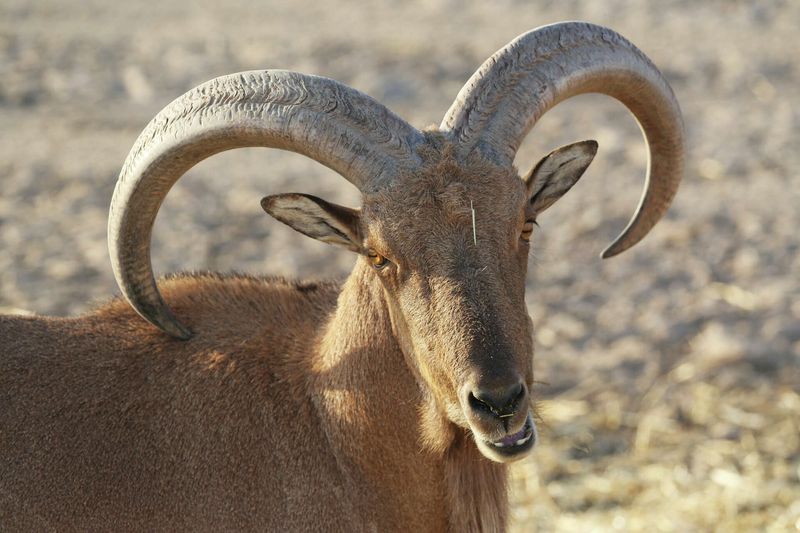
Texas lawmakers tackled the aoudad problem head-on with Senate Bill 1245. The legislation specifically targets invasive species management through more effective hunting methods.
The bill received strong bipartisan support after wildlife experts testified about the ecological damage. Ranchers and conservation groups found rare common ground in supporting the measure.
10. Eyes in the Sky With Legal Backing
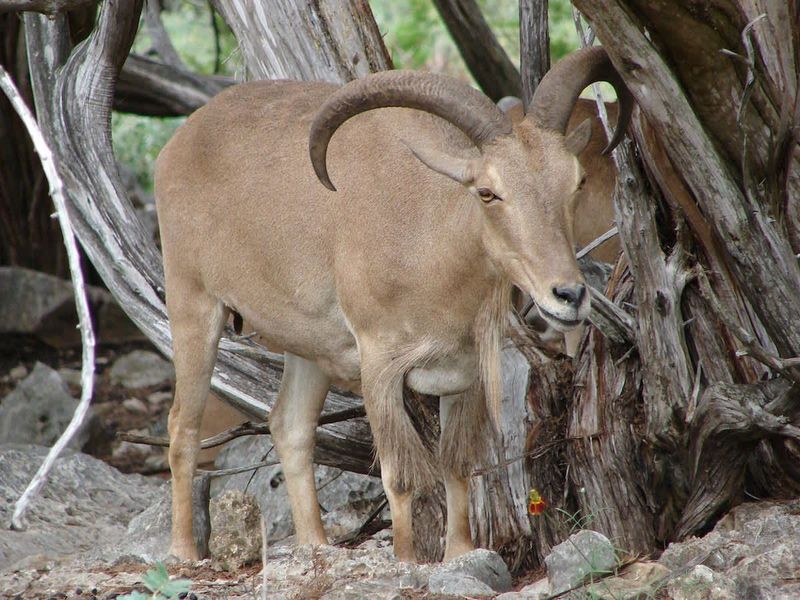
Got a helicopter and hunting license? You’re still not ready for aoudad hunting without proper paperwork! The new law requires specific permits for aerial hunting operations.
These permits ensure safety regulations are followed and hunting occurs only in approved areas. Regulations also control who can participate and how the hunts must be conducted to maximize effectiveness.
11. Perfect Hunting Method For Rugged Country

Why helicopters? Because these sheep are mountain masters! Aoudads inhabit some of the most remote, rugged terrain in Texas where traditional hunting methods often fail.
Their excellent eyesight and climbing abilities make ground hunting extremely difficult. Helicopters allow access to otherwise unreachable populations, significantly improving management efficiency in the steep canyons and mountains they call home.
12. Mark Your Calendar: September 2025
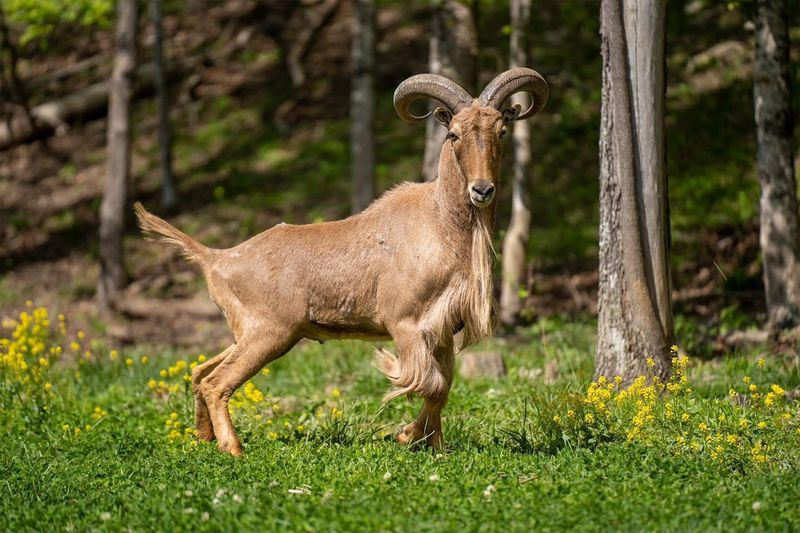
Helicopter hunters will need to wait a bit longer before taking flight. The newly approved law doesn’t take effect until September 1, 2025.
This implementation timeline gives wildlife officials time to develop proper regulations and permit systems. It also allows landowners and hunting outfitters to prepare for this new management approach.
13. Balancing Property Rights With Environmental Needs

Texas has always fiercely protected landowner rights, making wildlife management tricky. The new law carefully balances these private property traditions with ecological necessities.
Landowners maintain control over access to their property. The legislation simply provides a new tool for those who choose to participate in invasive species management on their land.
14. Not Just About Hunting – It’s Conservation
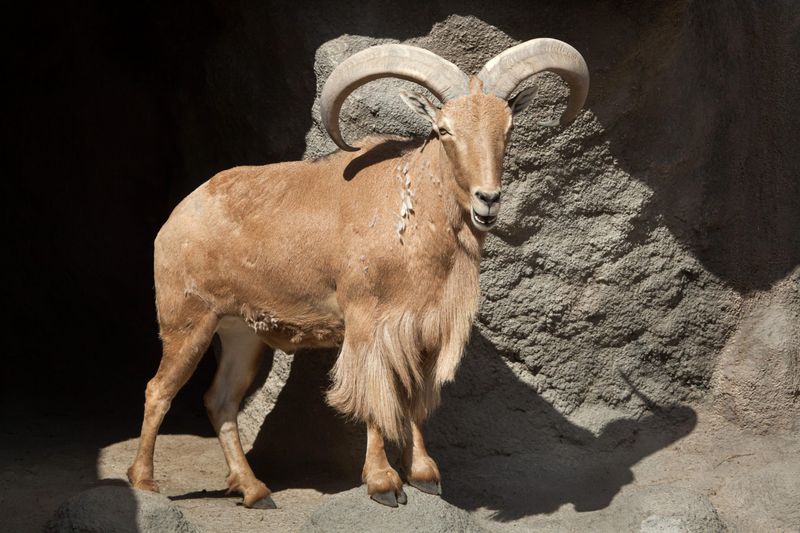
Aerial hunting might sound extreme to some, but wildlife experts see it differently. This approach represents targeted ecological intervention, not recreational sport.
The goal isn’t eliminating all aoudads, but reducing numbers in critical areas where they threaten endangered native species. Conservation sometimes requires tough choices to preserve biodiversity and ecosystem health.

